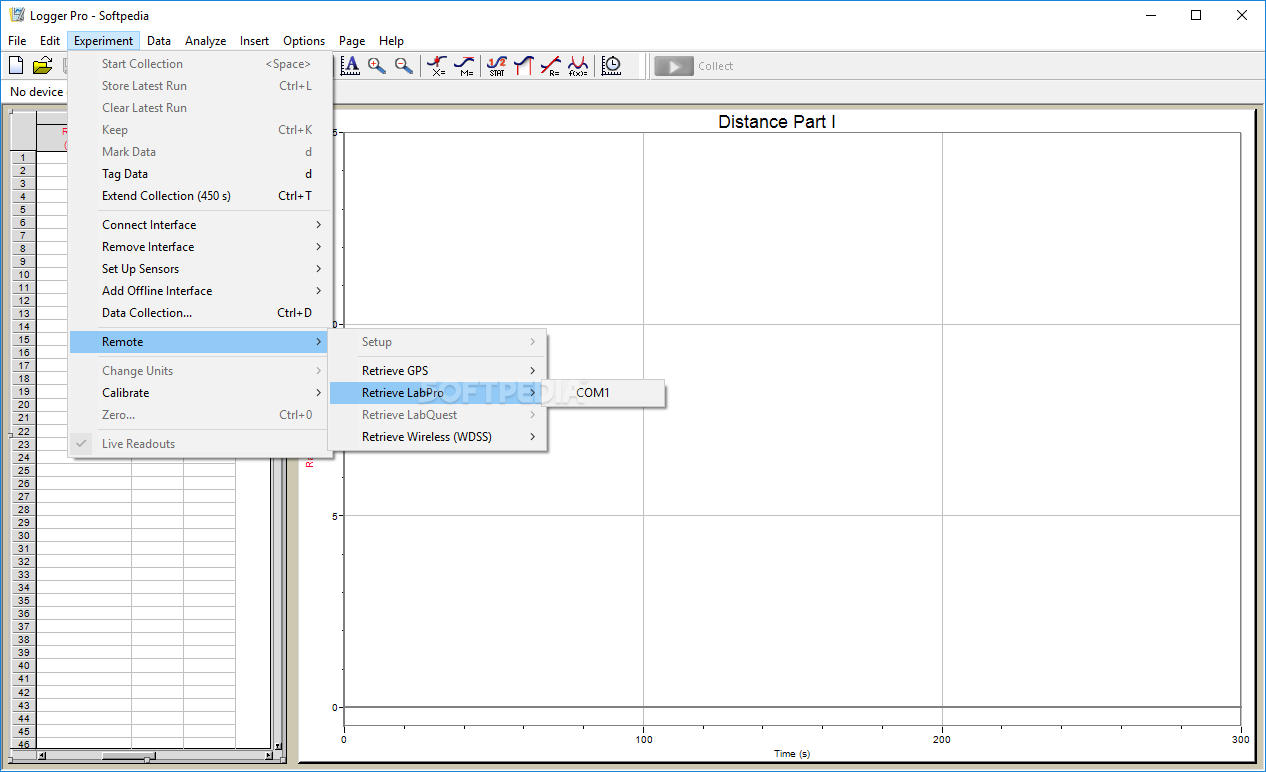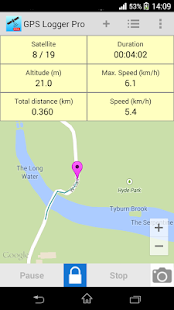
- #Logger pro 3 free manual#
- #Logger pro 3 free pro#
- #Logger pro 3 free software#
- #Logger pro 3 free license#
Click “Store Latest Run” option in the Experiment menu to save the most recently collected data in memory, allowing you to collect another set of data without losing the first one. Go to the Experiment menu and click Calibrate. If you need to calibrate a sensor, follow the instructions for that particular sensor given in the specification sheet. Most sensors shouldn’t need calibration for performing routine experiments. To change units go to the Experiment menu and click Change Units. You can manually enter data or import data from a Labquest. To change collection modes go to Experiment in the menu toolbar, and choose Data Collection. If you are collecting data and the time runs out before you are finished with data collection, click start again and select append time. If you want to change the collection time, go to Experiment in the menu toolbar and choose extend collection from the drop down menu. You can stop the data collection by clicking stop or waiting until the time indicated on the time axis is reached. When you click Collect (green button with arrow head), the program will begin plotting data. See our copy of “Advanced Chemistry with Vernier” for experiments located in the prep room. Each folder contains 30-40 experiments, each corresponding to an experiment in the lab book. If you are performing a particular experiment, you can go to the File menu, choose Open, and you will see a series of lab book experiment files. If you don’t want to collect data, but simply want to show the real time measurement, you can delete or minimize the data collection table and graph (see below for instructions on resizing and deleting). Press the Collect button or go to Experiment and select Start. At this point you can begin collecting data. To remove this window, go to the Experiment menu and un-check Live Readouts. A window will also be displayed that shows the value being measured in real time. When they are plugged in, the sensor will be identified and the default data-collection parameters are loaded for that sensor. #Logger pro 3 free pro#
All of the sensors that we have should be auto-ID’d by the Logger Pro software.The sensors identified will appear below the toolbar. Logger Pro can auto-ID the sensors that are plugged in. Start Logger Pro by double-clicking on the Logger Pro Icon.The spectrometer does not require an interface, but can be used with the LabQuest. LabQuest can take up to 6 sensors at once.

GoLink can use only one sensor at a time. Choose the sensor(s) you want to use and plug them into either the Go-Link or LabQuest.
Plug the GoLink, LabQuest, or Spectrometer into an USB port on your computer. Double-click “Install Logger Pro” icon and follow instructions. Place the CD in the CD-ROM drive and double-click the CD icon. A series of dialog boxes will walk you through installation. If you don’t have Autorun enabled, launch Setup.exe from the CD. Place CD in the CD-ROM drive of the computer. #Logger pro 3 free license#
Includes site license for all with free updates. 
Perform statistical analysis of data, including integrals, tangents, curve fits, and more.Collects data from LabQuest and Go-Link interfaces.Can perform data analysis, such as statistical analysis, curve fitting, and calculated columns.Allows you to collect and analyze data from the LabQuest, GoLink,and Spectromoter interfaces and sensors.

#Logger pro 3 free software#
This software works well for all of our sensors except for the spectrometer or the thermocouple.
Note: The latest version of Logger Lite software can be downloaded from the Vernier website for free. #Logger pro 3 free manual#
For complete instructions see the Logger Pro Quick reference manual booklet or access it online by visiting the Vernier website ( ) or use the tutorials included in the software. This is a brief tutorial of the functions you may use most.Vernier Logger Pro 3 Software Instructions







 0 kommentar(er)
0 kommentar(er)
